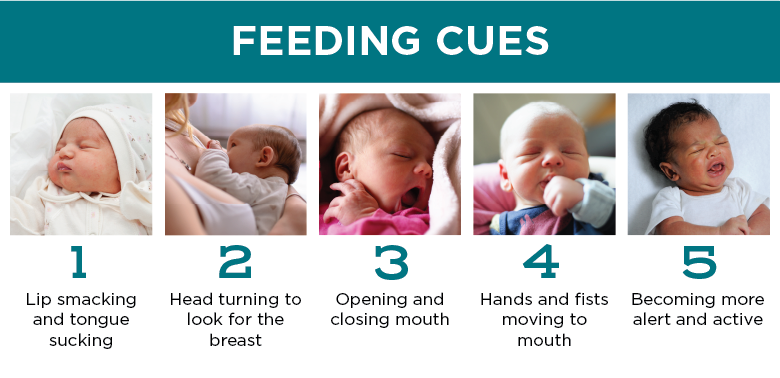
Breastfeeding
Expressing Breast Milk
If you and your baby need to be apart during your hospital stay, it's important to keep up your milk supply. You can do this by using a breast pump or hand-expressing your milk.
- Start expressing milk within 1 hour of birth, no later than 6 hours.
- Pump for about 20 minutes every 2-3 hours, even at night, with a double-electric pump
- Aim for 8 pumping sessions in 24 hours.
Skipping feedings or not breastfeeding regularly can make your body produce
less milk, so it's important to express milk when breastfeeding isn't possible.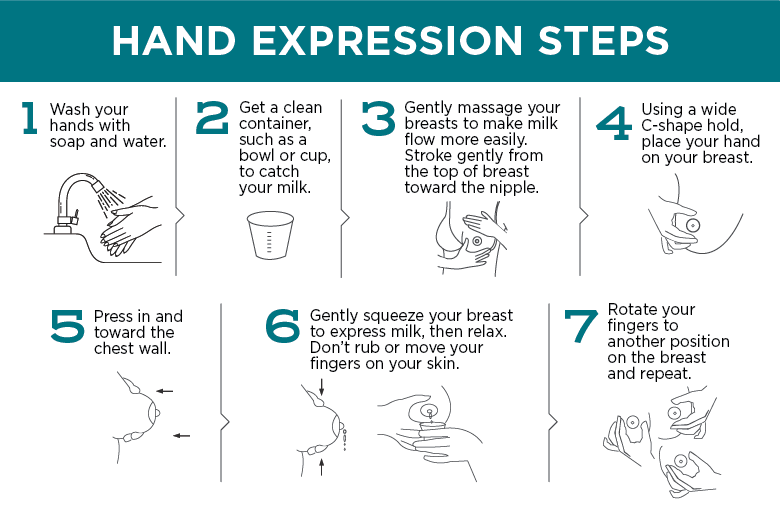
Breast Milk Storage
Properly storing your breast milk is important for your baby's safety.
- Label and Date: Use a waterproof label and ink to write the date on the container. Add your baby's name if the milk is for childcare.
- Small Amounts: Store milk in small amounts (2-4 ounces) and always use the oldest milk first.
- Separate Days: Keep milk from different days separate.
- Combine Milk: You can combine milk pumped on the same day. Refrigerate new milk for 1 hour before adding it to already collected milk. Swirl the milk in the container to mix it well.
- Thawing Milk: Thaw milk by running the container under warm water or placing it in a bowl of warm water. Do not microwave or boil breast milk to thaw it.
Newborn Feeding Patterns
|
First 24 Hours
Your baby will be awake for 1-2 hours after birth, then sleep a lot.
|
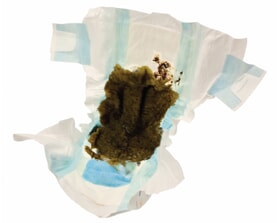 |
|
24 to 48 Hours
Your baby will eat more often and show more feeding cues. They
|
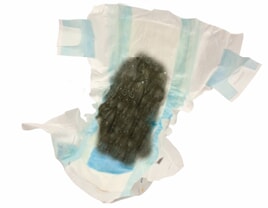 |
|
48 to 72 Hours
Your baby may "cluster feed." Keep them skin-to-skin to make
|
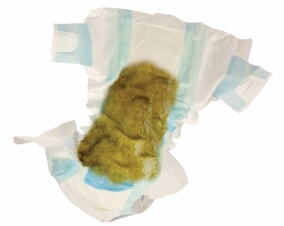 |
|
72 to 120 Hours
Your milk supply will increase, and your baby will eat more.
|
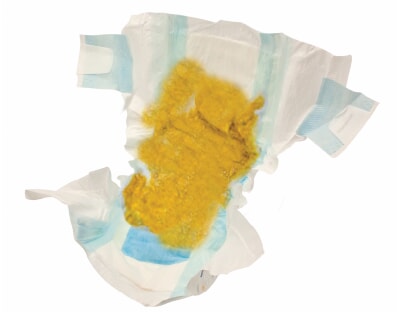 |
Feeding Cues
When your baby is ready to breastfeed, they’ll show feeding cues. Keeping your baby close and skin-to-skin can help you spot these signs quickly. If your baby is crying, they might be too upset to feed. Calm them first by gently rocking or holding them skin-to-skin.
